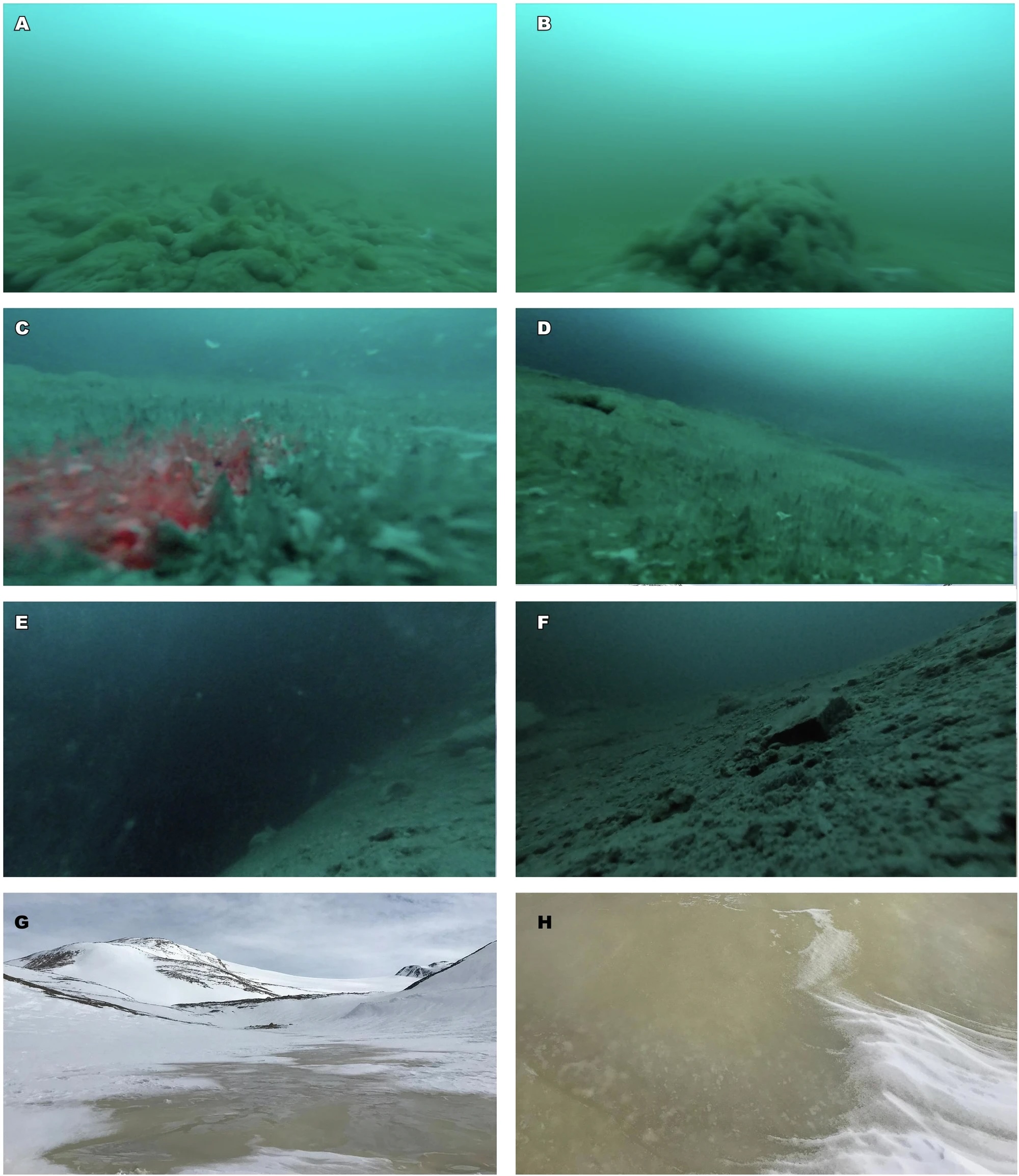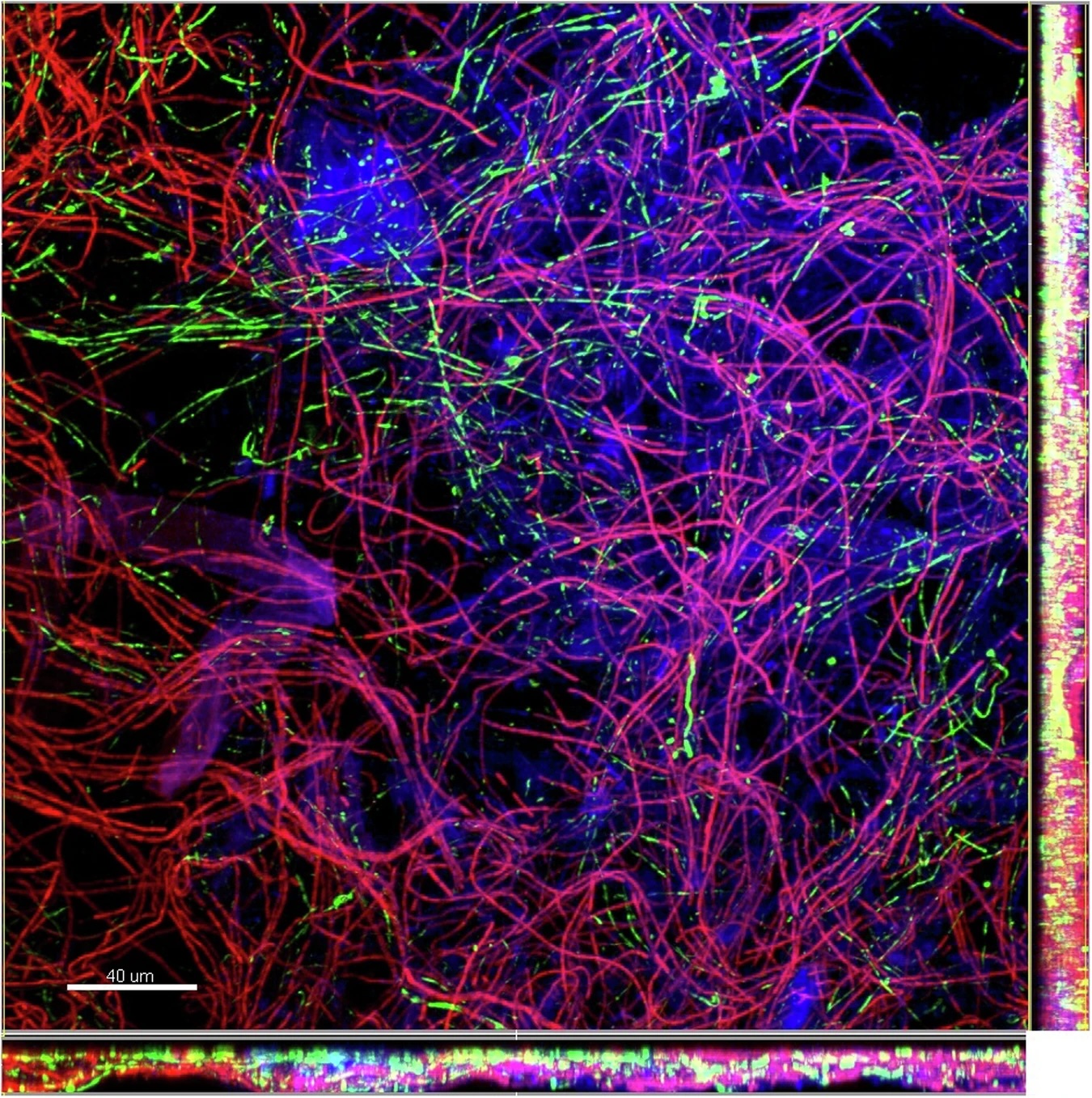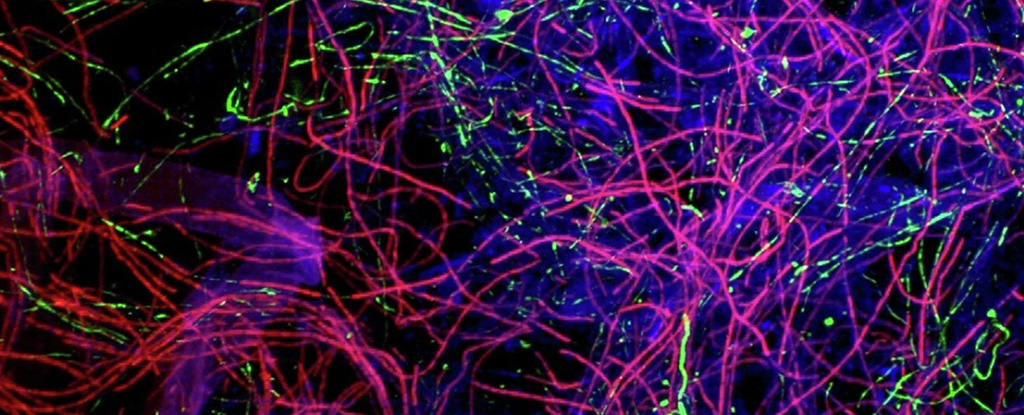Products You May Like
A living time capsule frozen in the depths of Lake Enigma in Antarctica contains a unique ecosystem that has been isolated from the rest of the world since its surface permanently froze.
Now, scientists have retrieved samples of the unique microbes, which have survived in a massive chamber of liquid fresh water below more than 9 meters (30 feet) of solid ice.
This ecosystem has potentially existed within the ice blister for 14 million years, which may have been when the lake first froze over at the end of a much warmer period of Earth.
Lake Enigma was thought to be frozen right through, since it’s in Antarctica’s Northern Foothills, nestled between Amorphous and Boulder Clay glaciers, a region with an average temperature of -14 °C (6.8 °F).
Led by microbiologists Francesco Smedile and Violetta la Cono from the Italian Institute of Polar Sciences, and geophysicist Stefano Urbini from Italy’s National Institute of Geophysics and Volcanology, the research team used ground-penetrating radar to probe the lake’s composition, detecting the concealed liquid bubble and drilling for samples of the water within.
Special care was taken to prevent contamination of this sheltered biome: an electric drill was used for the first 3 meters of ice, while the remaining layers were bored with thermal head melt and hot water drilling. These use sterilized and heated water formed from ice crumbs collected during the mechanical drilling phase as a kind of liquid drill bit.

“Lake Enigma supports a phylogenetically diverse and high-biomass microbial ecosystem that stands unique among Antarctic perennially ice-covered lakes,” the team writes.
“The ice-sealed planktonic and benthic microbiota of Lake Enigma likely represent persistent legacy biota that arose from the lake’s ancient microbial ecosystem before the freeze-up.”
These various creatures, they discovered, occupy different roles within a simple aquatic food web, ranging from primary production via photosynthesis, to ectosymbiosis and predation.
Among them were varieties of Pseudomonadota, Actinobacteriota, and Bacteroidota, along with an unexpected abundance of Patescibacteria thriving in the subterranean water column.
The lake floor, a tiny camera revealed, is covered in biodiverse microbial mats, dominated by oxygen-producing cyanobacteria that were otherwise absent from the lake’s ice and water column.
Some of these mats resembled a “crumpled thick carpet”, with the occasional protrusion of “large amorphous tree-like structures” that towered 40 centimeters high and spanned up to 60 centimeters (2 feet) in diameter. Another drill location revealed the bacterial goop had formed a landscape of dune-like pinnacles.

The scientists think the highly stable, pressurized, and chemically stratified water column, which is at least 12 meters deep, is probably ‘fed’ by the Amorphous Glacier nearby.
The discovery of members of the Patescibacteria superphylum is especially interesting because, although they have been found in other low-oxygen environments in Antarctica, they’ve never been seen in an ice-covered lake before.
The water column of Lake Enigma has abnormally high levels of dissolved oxygen – not the usual habitat for Patescibacteria.
This superphylum is thought to make up a sizable portion of the microbial diversity on Earth, and yet evades detection in culture and PCR assays, earning it the nickname of ‘microbial dark matter‘.
These bacteria are extremely small and extremely simple, lacking many of the usual capabilities of other microbes. As a result, they are almost always symbiotic with another bacteria or archaea host.
“The ultrasmall Patescibacteria in particular may play unusual roles in the lake’s ecosystem that do not play out in other ice-covered Antarctic lakes,” the authors note.
This research was published in Communications Earth & Environment.
